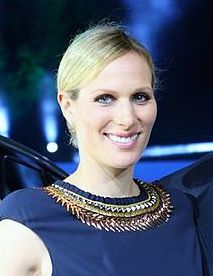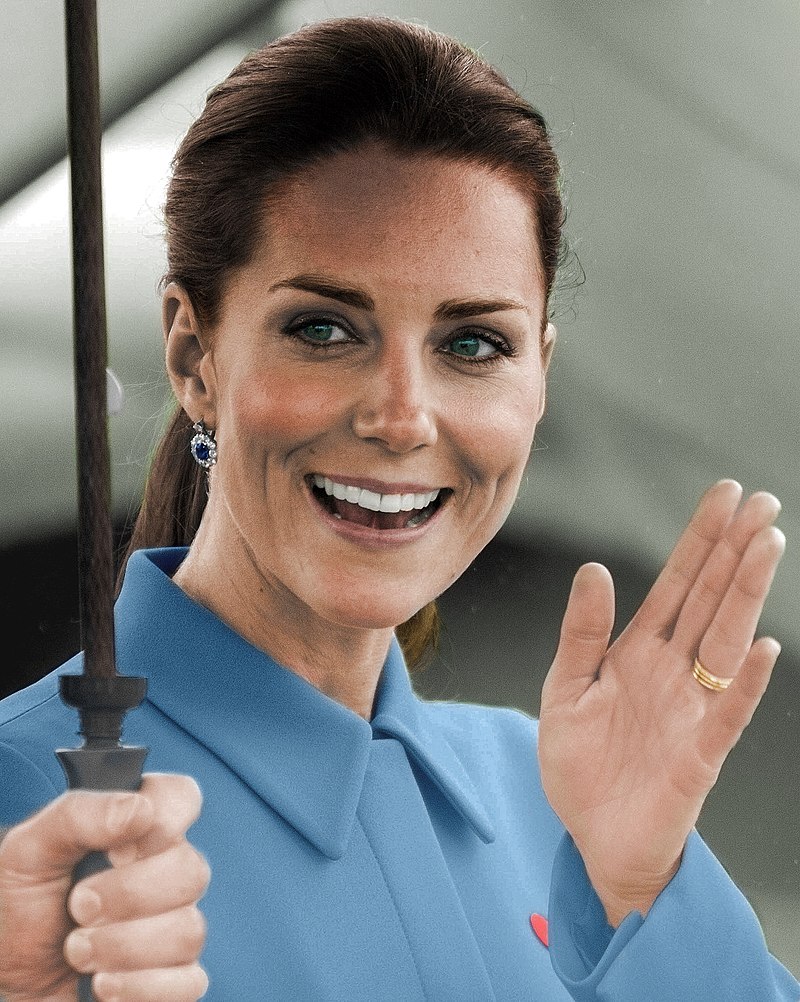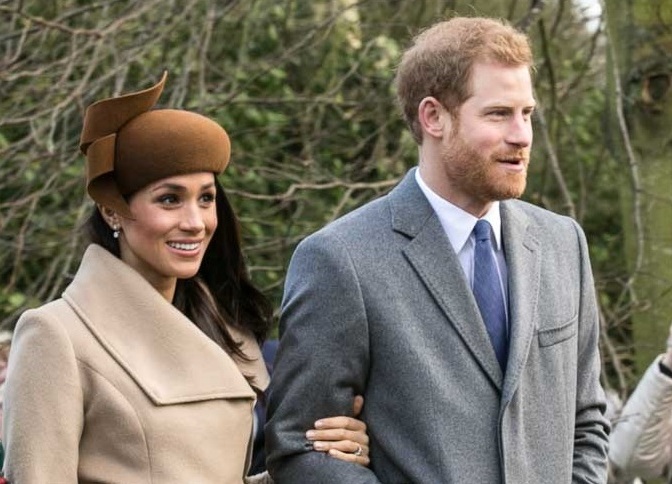The rules governing the use of Royal titles are both captivating and convoluted. They have evolved over a thousand years with new protocols created to address specific situations. They are not always logical and even super-cool Royal watchers can struggle to make head and tail of them.
Those hoping to get their head around the practices and protocols, won’t get much help from the popular press. Almost every time a news outlet tries to explain how a title works, they get more wrong than right.
Here’s the top 5 errors I’ve noticed in British media in recent months.

1. Princess Anne ‘chose’ not to give her children Royal titles
The use of Royal titles has been strictly governed since 1917. Legal documents regulate the usage of the style of His/Her Royal Highness and the ‘titular dignity’ of Prince or Princess. Under current laws they do not extend to female-line grandchildren of monarchs.
According to ‘letters patent’ issued in 1917 and adapted in 2013, Royal styles go the children of a sovereign, children of sons of a sovereign and the children of the eldest son of the Prince of Wales.
As such, Anne’s children, Peter and Zara Phillips were never entitled to be a Prince or Princess. It is probable that Anne’s first husband, Mark Phillips was offered an Earldom and that this was refused. Had the couple accepted, Anne’s children would have been styled as the children of an Earl, as Princess Margaret’s offspring were. So it is probable that Anne effectively turned down titles for her children – but not royal titles.
2. Kate and Meghan are not princesses because they are not blood royals
I understand where this comes from. But it’s not quite correct. Under the British system a wife takes her husband’s precedence. She is the feminine version of all her husband’s titles (there are exceptions such as in the Church and the military). So the wife of a Prince is always a Princess.
Under strict court etiquette, is not appropriate to refer to a Princess by marriage as ‘Princess Firstname.’ Catherine is ‘Princess William’ rather than ‘Princess Catherine’. Meghan is ‘Princess Henry’.
Because both their husbands are also Dukes, they are referred to as Duchesses. Whenever an individual is a peer or peeress – royal or not – first names are rarely required. Our future Queen is not ‘Catherine, Duchess of Cambridge’ but simply ‘The Duchess of Cambridge’. This can change in widowhood where it has become customary to combine first names with titles.

3. Diana was made a Princess, but Kate has yet to be so
No. Diana and Catherine both acquired the status of Princess by marriage (see above). No one has actually been ‘made a princess’ since the reign of Edward VII (although special measures were taken to ensure Anne was a Princess ahead of her mother’s ascension).
Despite being popularly referred to as ‘Princess Diana’, the late Princess of Wales was never officially styled as such. When the Duke and Duchess of Cambridge married, the Palace made it clear they were perfectly relaxed about people calling the Duchess ‘Princess Catherine’. But the style is not officially acknowledged at court.
4. William and Harry’s wives were given titles, but Eugenie’s husband was not because she is lower down the line of succession
Royal titles have little to do with place in the succession but much to do with gender.
Under the British system – and indeed most western systems – a wife takes on the style and precedence of her husband. As stated above, the current Duchesses of Cambridge and Sussex acquired their status simply by virtue of marriage. But husbands of titled women derive no style or precedence from their wives. That’s why the Duke of Edinburgh is not known as ‘King.’
In days gone by, untitled men marrying a Princess would be offered a peerage title – typically an Earldom. Their children would thus enjoy aristocratic styles. But those days are gone.

5. The Queen has removed the style ‘HRH’ from Harry and Meghan.
Not quite, though the early communication around this was confusing. The Duke and Duchess of Sussex have agreed not to use their Royal styles when conducting commercial work. We are yet to see exactly how they will style themselves on such occasions. My guess is that they will act as if they are untitled and use their peerage title as if it were a surname. So for example, if Meghan stars in a film, she might simply be credited as ‘Meghan Sussex.’
This would be consistent with what other aristocrats and Royals do. The Duchess of Kent styled herself as ‘Mrs Kent’ when working as a music teacher. The Queen’s nephew calls himself ‘David Linley’ when trading. His actual name is David Armstrong-Jones, but until his father died his courtesy title was ‘Viscount Linley.’
Subscribe to our newsletter!